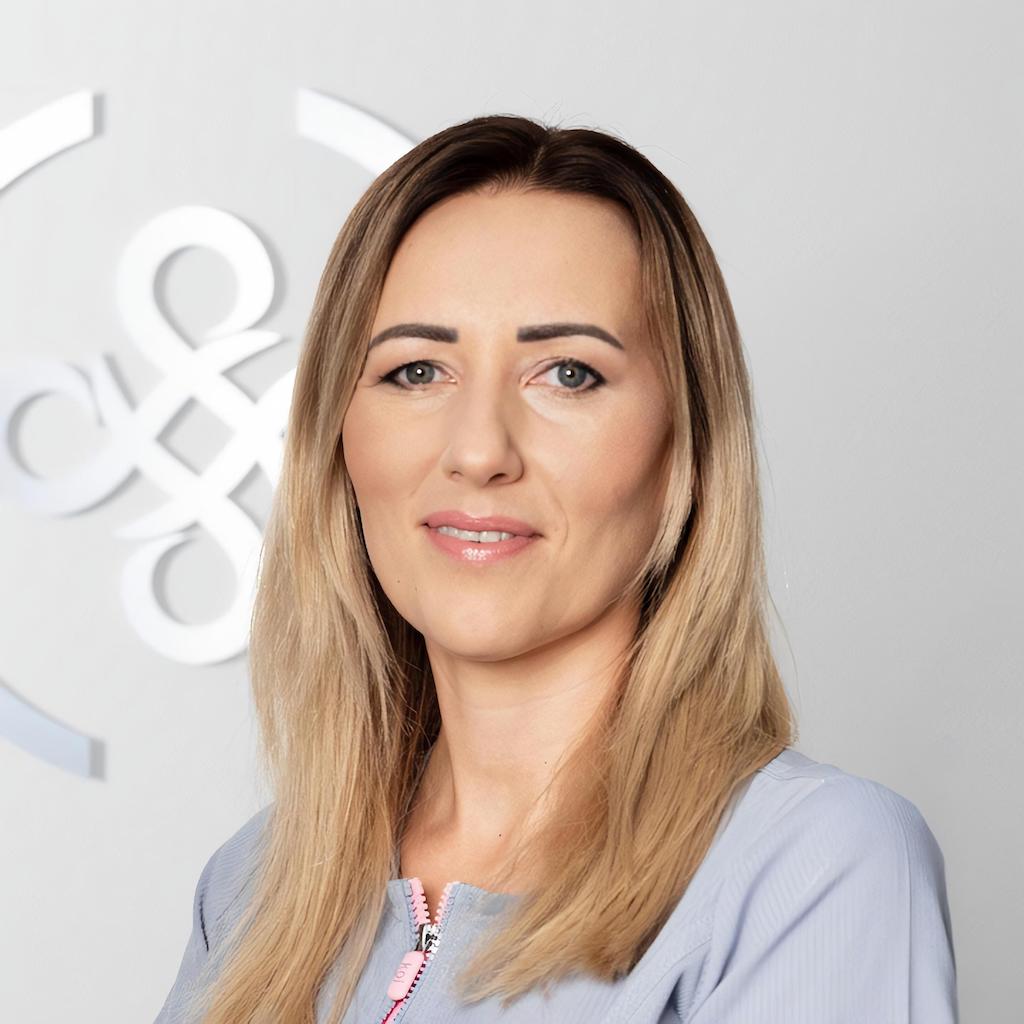Classic surgery (STRIPPING) to remove varicose veins of the lower extremities
Lower limb varicose vein surgery is aimed at removing pathologically widened and inefficient superficial veins. Lower limb varicose vein surgery, depending on its extent, can be performed under local, conduction (lumbar) anaesthesia or less often in general.
During classical lower limb varicose vein surgery, widened veins (varicose veins) of various locations are removed, and one or two major superficial veins – the saphenous and / or saphenous vein. Determining whether the main veins require removal is determined by the performance of their valves, as determined by ultrasound. Removal of varicose and saphenous vein usually requires numerous small incisions of the skin on the lower limb (cutting in the groin, at the medial ankle and under the knee may be 1-4cm longer). Varicose veins are removed with the help of surgical instruments and a special probe that is used to remove the main venous trunk. Individual varicose weaves are removed from additional cuts (so-called Varada method). The surgery ends with suturing of the wounds, putting on dressings and elastic bands.
Indications
Failure of the main venous trunks of the veins of the lower extremities (according to Doppler USG)
Description of the most common complications associated with the recommended medical procedure / surgery
Despite extensive experience and diligence on the part of the operating team during and after the surgery, complications may occur, which are usually immediately recognized and treated.
Lower limb varicose vein surgery may be associated with the following intraoperative and postoperative complications (early and late):
- Deep vein thrombosis.
- Thrombosis (thrombophlebitis) of the superficial veins.
- Damage to adjacent organs (e.g. femoral artery, femoral vein, lymph nodes).
- Damage to the sensory nerves within the calf. It is a harmless complication, but it can be bothersome. May lead to hyperalgesia or hypaesthesia of the distal shin.
- Intraoperative and postoperative bleeding at which blood transfusions are required.
- Respiratory disorders up to respiratory failure caused e.g. by pulmonary embolism.
- Postoperative wound infections. The risk of infectious complications for this type of surgery in the local department does not exceed 1%.
- Lymph leakage from the postoperative wound.
- Damage to the skin by disinfectants or electric current.
- The formation of large, unsightly and disturbing scars, which can occur in the case of individual tendencies or complications in the healing process.
- Other unforeseen incidents
The percentage of these complications does not exceed 1%. Most of the above-mentioned complications may require further surgery, change of treatment method, extension of its period and may also cause death. These complications may occur in any patient after surgery, but their overall frequency is not high. Their number is increasing in patients with diabetes, re-operated patients and obese people.
Description of possible consequences of resignation from the proposed treatments
Not operating / not treating lower limb varicose veins leads to further disease progression. As a result, there may be skin lesions on the lower legs, i.e. brown discoloration, hardening, including difficult to heal ulcers. There may also be other complications that often require long, onerous and expensive treatment.
Description of postoperative prognosis and distant complications
Lower limb varicose vein surgery prevents the development of chronic venous insufficiency, including the most serious complication, which is venous leg ulceration. Surgery is not a causal treatment, so in the late postoperative period varicose veins may appear again. Late complications also include unsightly postoperative scars, usually developing in people who are prone to impaired wound healing with keloid production.
Contraindications
Deep vein thrombosis. Pregnancy and breastfeeding. Inflammation and bacterial and viral infections, the use of drugs that affect bleeding time (especially anticoagulants), active cancer, autoimmune diseases.
Convalescence
Full recovery after classical surgery depends on the extent of the procedure and can last 4-8 weeks.
Recommendations
- After leaving the clinic you will require outpatient control and the use of anti-varicose stocking with a degree I or II pressure for 6-8 weeks.
- Sutures are usually removed after 7 days.
- Avoiding intensive physical effort, saunas, solariums, and strong places warming up after surgery.
- Normal physical activity and taking prescribed anticoagulants for preventive therapy 7-10 days after surgery are recommended (anticoagulant injections).
What should the doctor know about?
The risk of surgery is influenced by the general condition of the patient as well as comorbidities and past illnesses. To identify hazards in a timely manner, please inform your doctor about all loads, operations, current and past illnesses, allergies, stimulants, and other problems that may affect the treatment process.
In the Dr Stachura Clinic, the procedure for removing lower limb varicose veins is performed by:

Monika Pakosz-Golanowska, MD, PhD
General Surgery Specialist, Aesthetic Medicine Physician